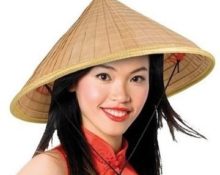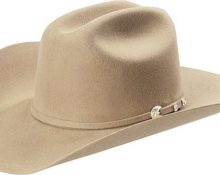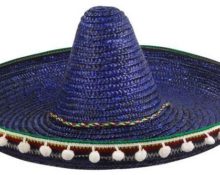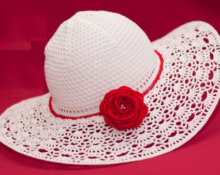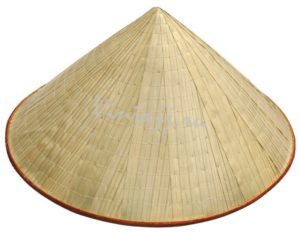 Often the headdress is the calling card of the country. When you hear the word “Vietnam,” you immediately imagine green fields and peasants in original light-colored headdresses harvesting rice. What is the name of the hat that from time immemorial protected the hardworking Vietnamese from the sun and rain and continues to do so to this day - about this in our article.
Often the headdress is the calling card of the country. When you hear the word “Vietnam,” you immediately imagine green fields and peasants in original light-colored headdresses harvesting rice. What is the name of the hat that from time immemorial protected the hardworking Vietnamese from the sun and rain and continues to do so to this day - about this in our article.
Vietnamese hat
A conical headdress made from dried grass or palm leaves is called a non. The material for weaving is the wide leaves of tropical plants, which the hot sun dries white and treated bamboo rods. It is securely fixed on the head with a silk ribbon.
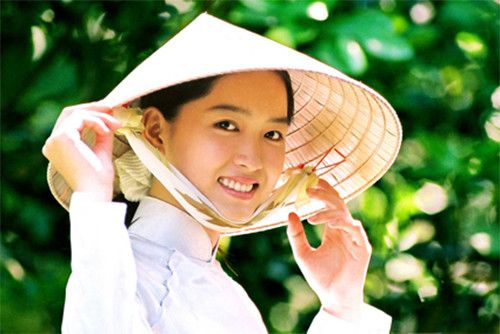
There are two types of such headwear:
- Non la – leaf hat, the most common model.
- Non bai tho - hat-poem. It is called so because the master applies poems to the surface outside, which can only be seen in the light.
Important! Varieties of non hats are not only conical; non kuai thao, common in the north of the country, is flat with a small brim.
Non la is woven only by hand and the skill of the craftsman must be high, otherwise the flaws will be visible to everyone. Some villages live from this trade. Children learn from their parents how to clean, dry, press, lay out, and sew leaves. Briefly the process can be represented as follows:
- collection of green palm leaves;
- ironing them on heated metal;
- treatment with burning sulfur against mold, insects and to fix the white color of raw materials;
- connecting 16 bamboo hoops for the hat frame;
- step-by-step placement of leaves on it and stitching them with strong thread.
A Vietnamese headdress always looks as if it was not touched by a human hand, but an unknown wizard created such perfection. The stitches are even and precise, the joints are never visible, the non-la shape and the length of the fields are ideal.
Reference! There are similar hats in other Asian countries: China, Korea, Japan, Cambodia. It is called differently, but the conical shape is the same for all varieties.
History of origin
The appearance of the original style of hat is associated with an ancient legend. It tells the story of a certain woman, tall and beautiful, who appeared in different settlements. Nature was favorable to travel: when it approached, instead of clouds and rain, wonderful weather immediately set in. On her head she had a wonderful hat made of leaves and bamboo.
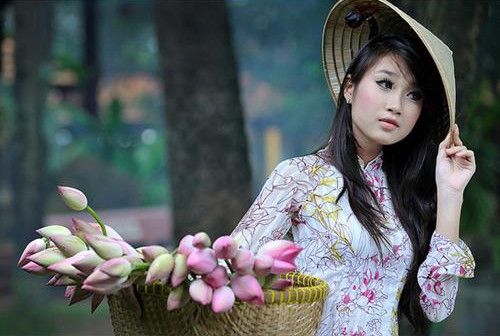
The Vietnamese learned from her how to cultivate fields, grow trees, vegetables and fruits. There came a point when the woman stopped appearing, she disappeared, and no one knew why this happened. But everyone was sure that the sorceress was now in heaven.To protect from heat and bad weather, from adversity and disease, the inhabitants of the country began to make the same hats as their patroness. Belief in their miraculous power still lives among the people.
Asian hat in modern times
Non la is convenient, practical and helps out in many life situations:
- protects from the scorching sun;
- will serve as an umbrella in the rain;
- will disguise the mirror on the inside of some girls’ hats;
- used as a basket for fruits and vegetables;
- after immersion in water, slightly wrung out, it will cool off the heat;
- will become, if necessary, a container for transferring water.
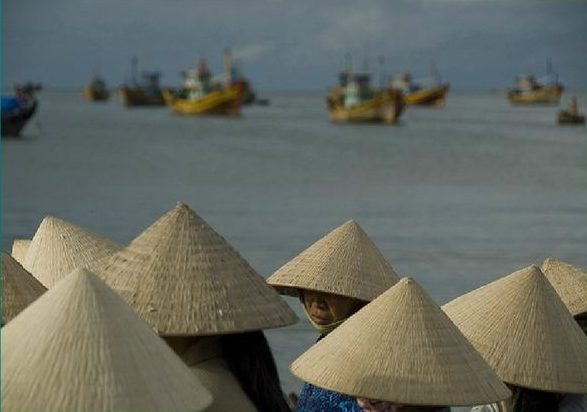
Until now, the vast majority of the population remains faithful to the national headdress. Certainly, The Vietnamese hat is dear primarily to residents of the provinces. Young and old in towns and villages go to non-la. Young people use it for declarations of love - a girl will find notes and poems in a donated hat, or a non bai tho with romantic lines is immediately purchased for her beloved. Young people in large cities dress differently. The national headdress is worn on holidays or on dates. After all, it’s so convenient to hide from the gaze of passers-by when kissing.
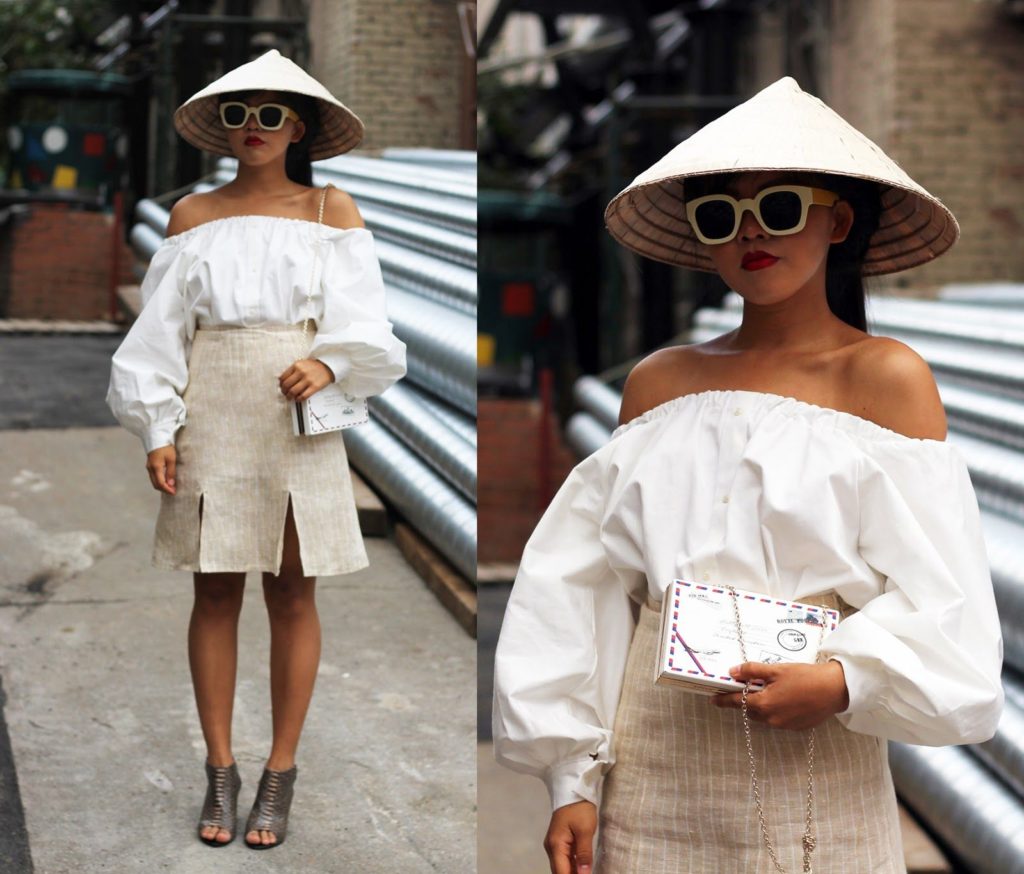
Tourists are always happy to purchase non la and bring it back from their trips as souvenirs. Original headdresses inspire designers to use these items in the interior and create stylized large and small lamps.


 0
0